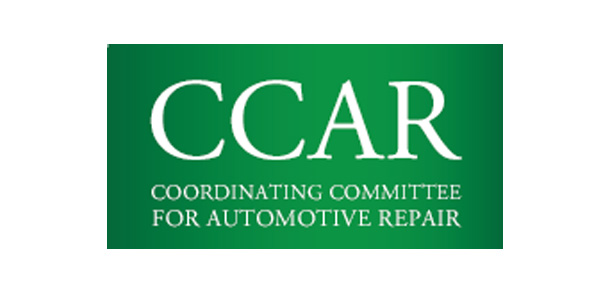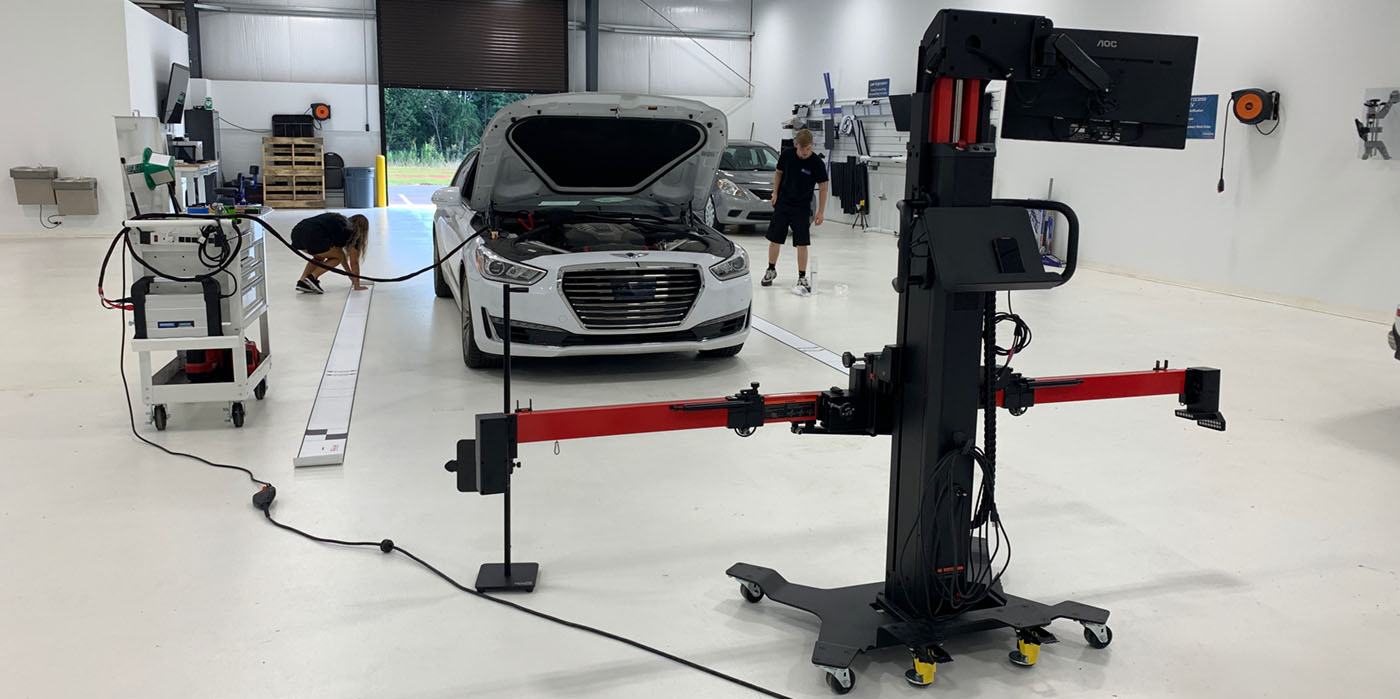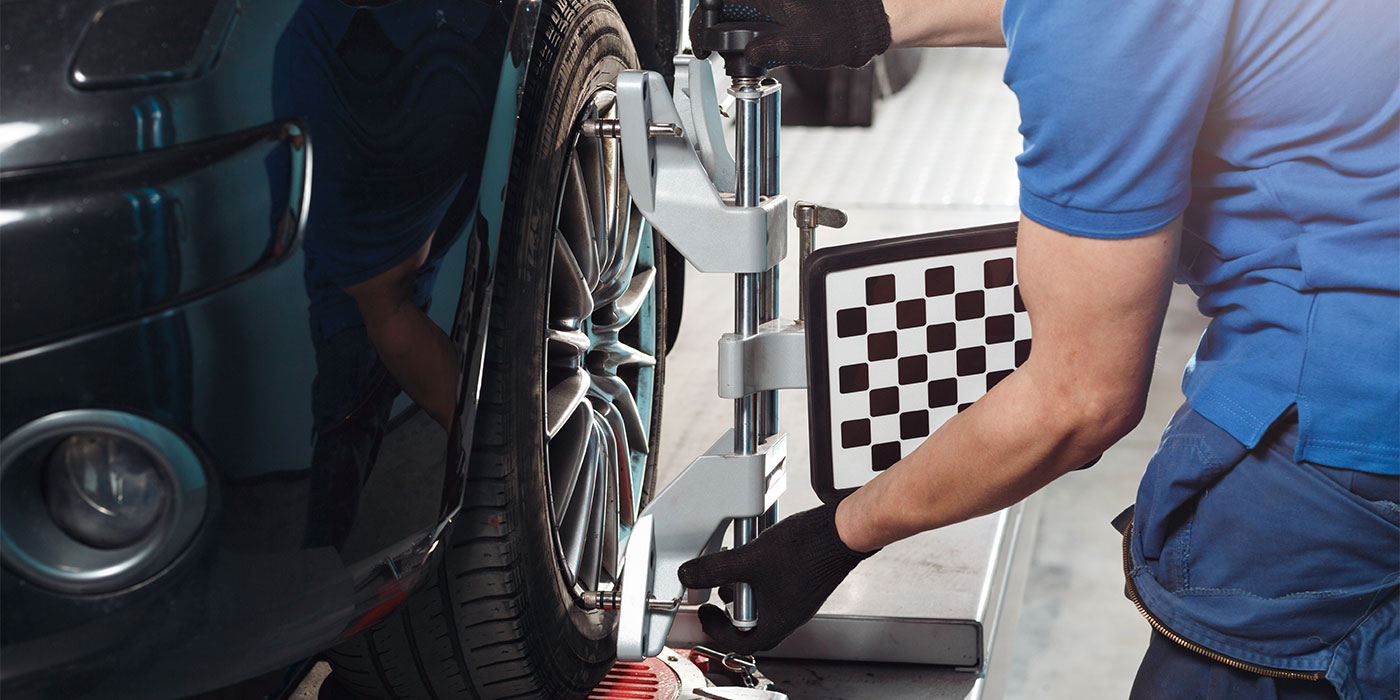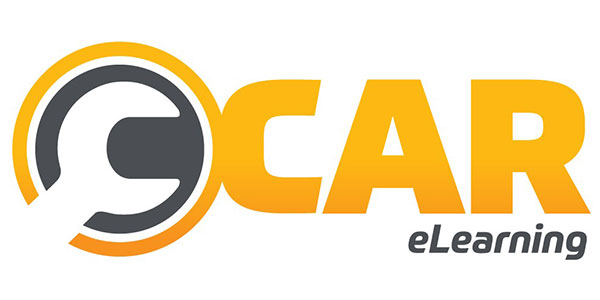
The Coordinating Committee for Automotive Repair (CCAR) has launched a new online safety course focused on absorbed glass mat (AGM) batteries.
The course, developed by CCAR and ShipMate, is the first in a series of free online safety courses resulting from CCAR’s agreement with the OSHA Alliance Program.
“More than 20 million vehicles in the U.S. alone are now utilizing an AGM battery,” said CCAR President Charles Ayers. “AGM batteries have been installed in vehicles since the 1990s and are commonly found in most of today’s hybrid vehicles as well as in many vehicles that use stop-start technology.”
AGM batteries typically provide higher cranking power and reserve capacity compared to traditional flood-acid (FLA) batteries. They are labeled as “non-spillable” and often are mounted in non-traditional locations (such as in the trunk of the vehicle). Because they are sealed, they should not be charged using conventional FLA battery chargers.
To sign up for the online AGM Battery Safety course, visit www.ccar.training or call CCAR at (888) 476-5465. Those who complete the course and pass the final exam receive a certificate of completion.













